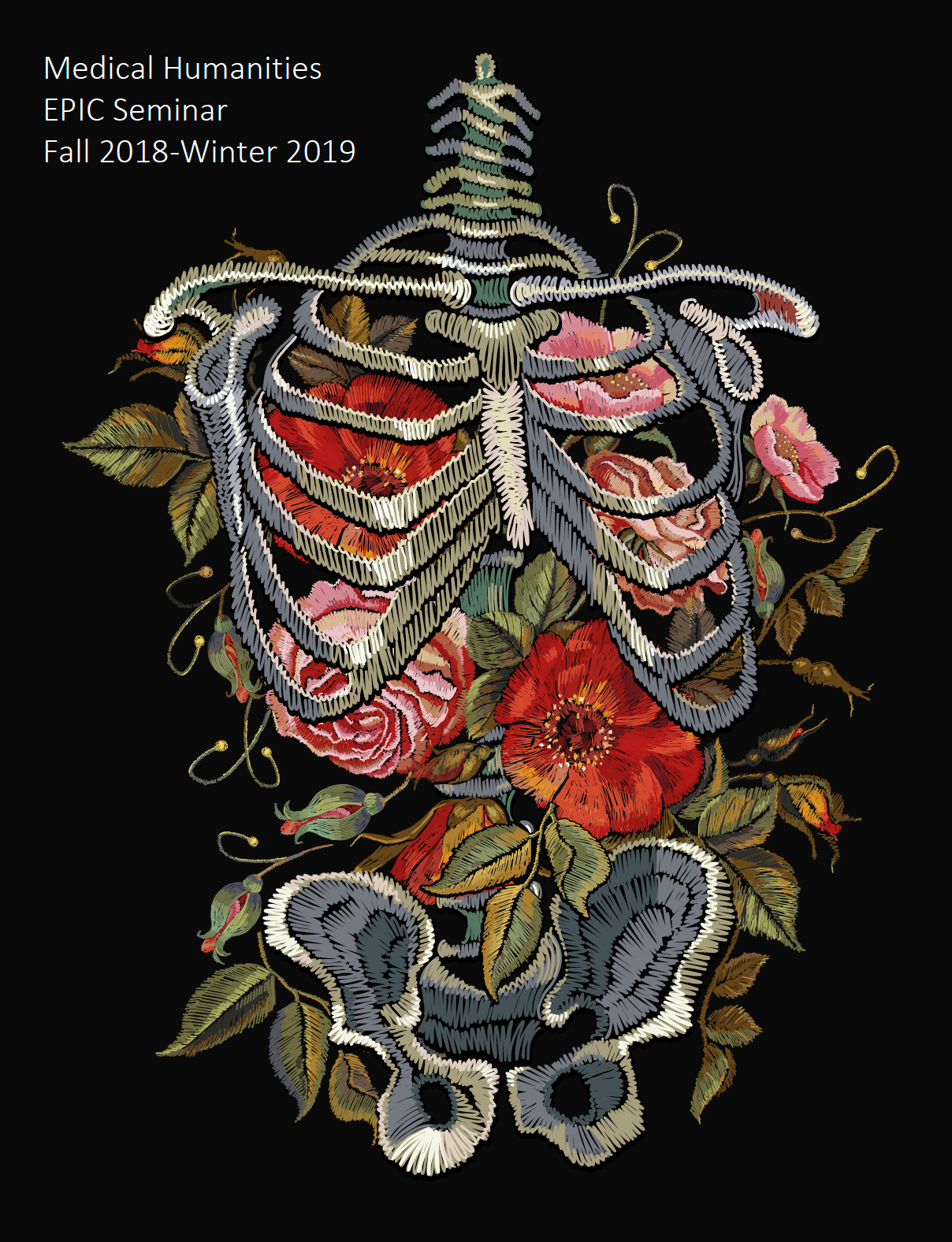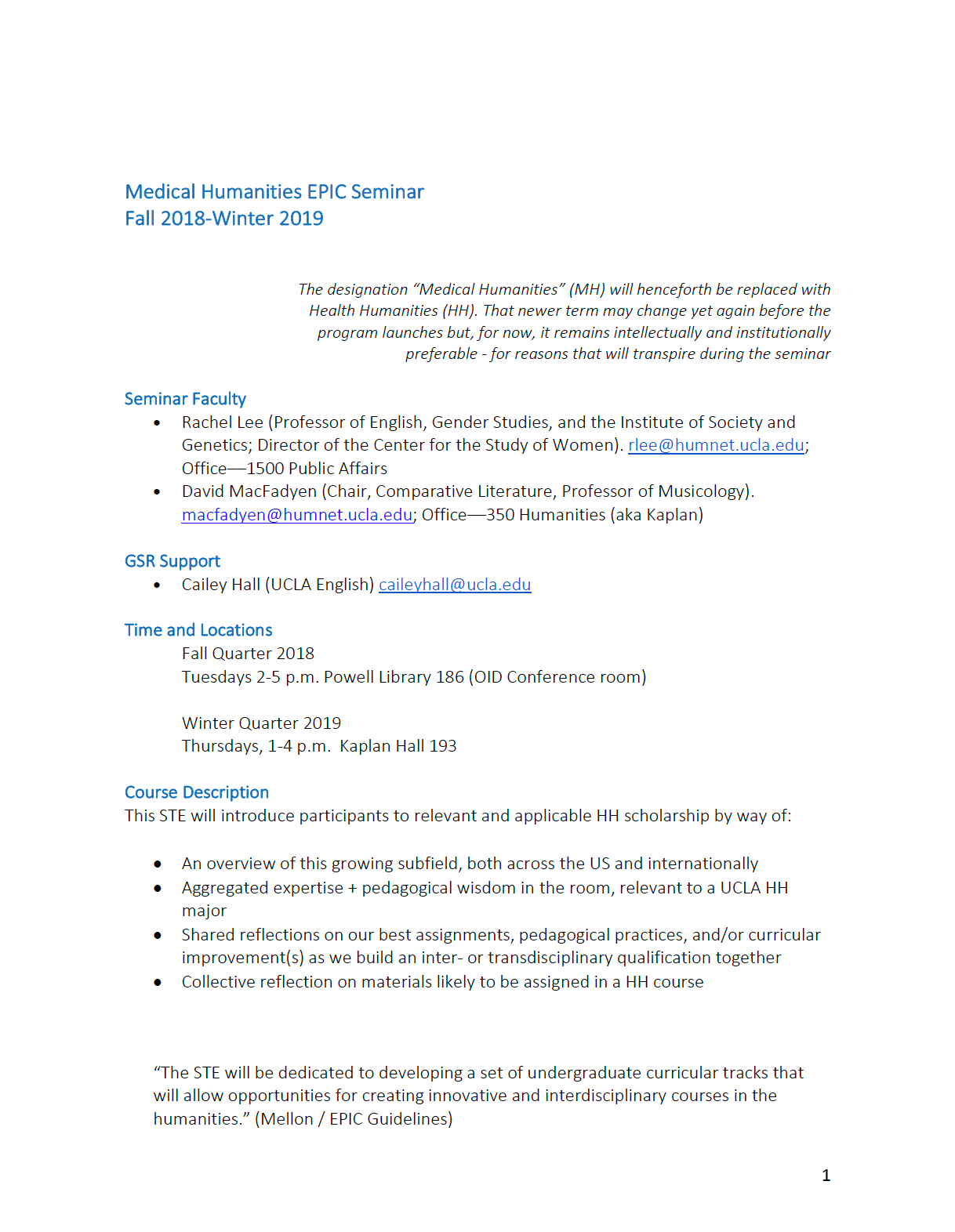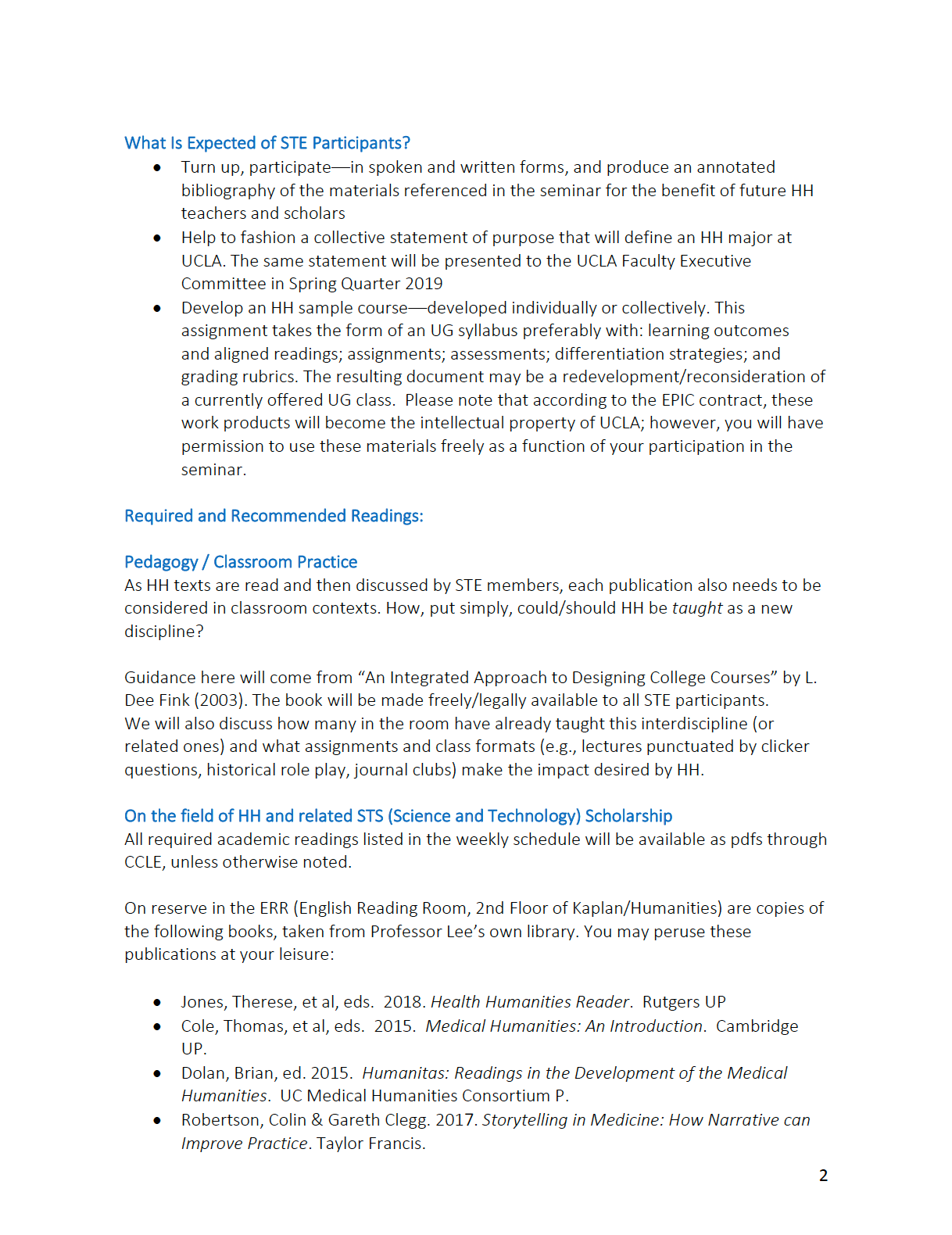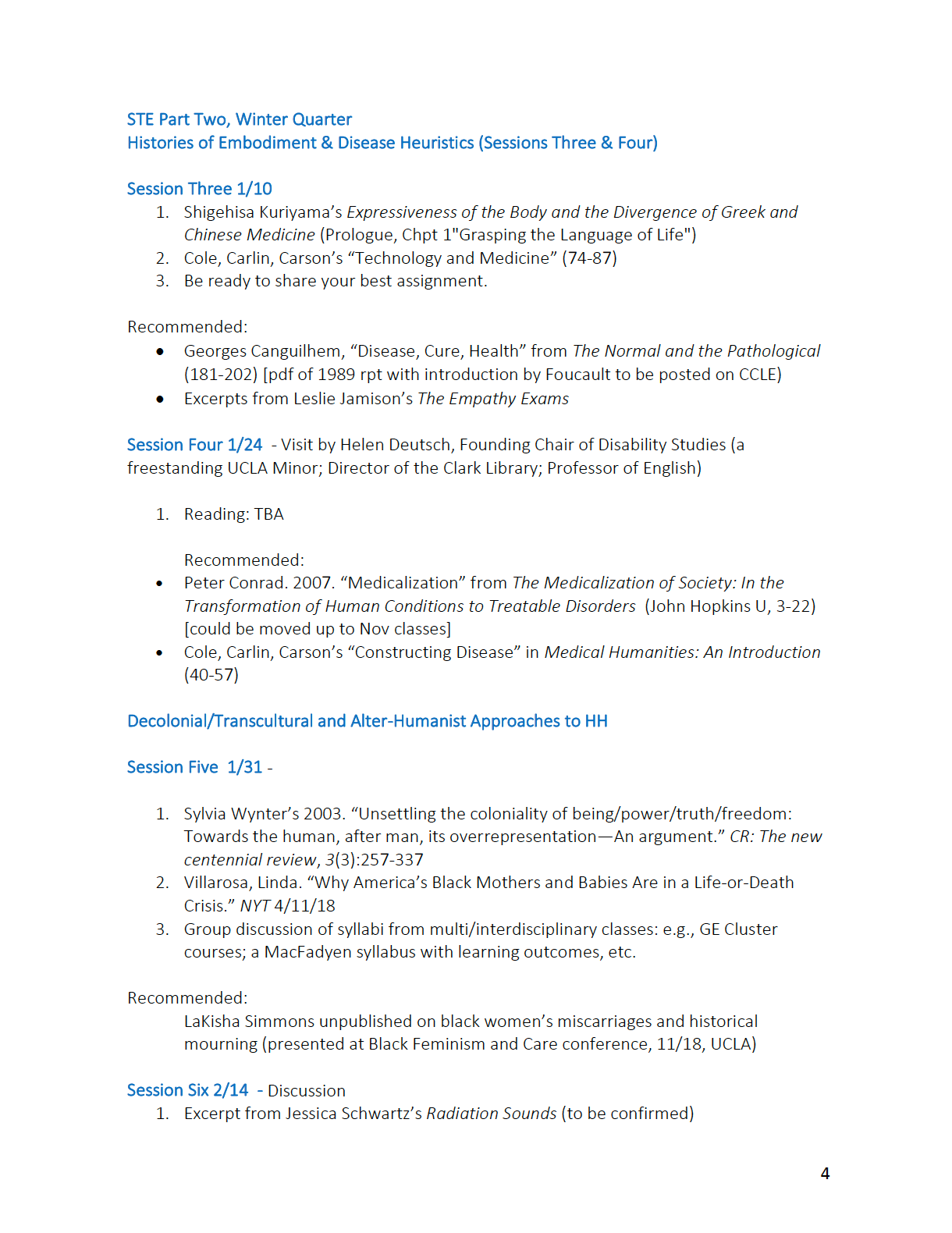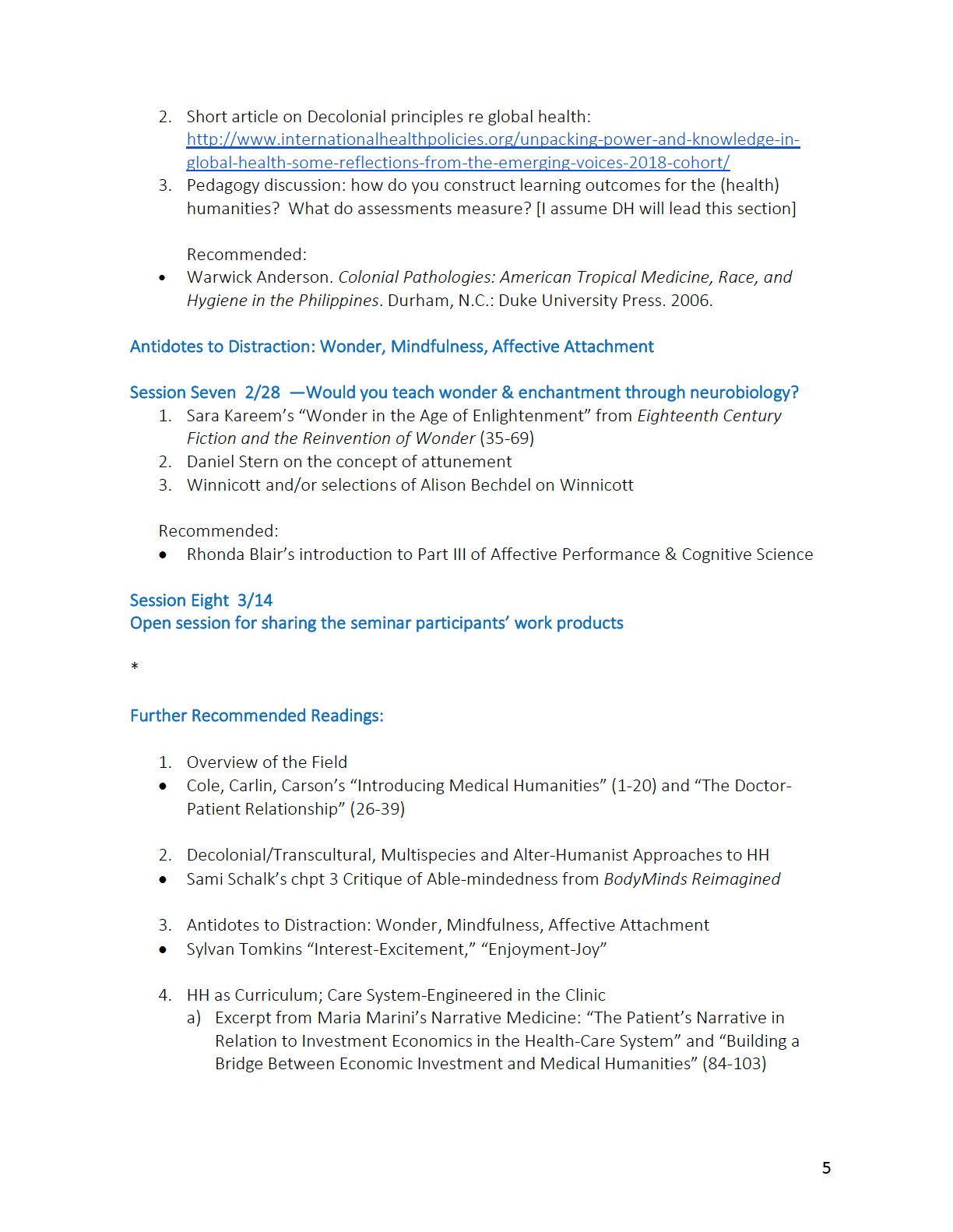Parallel information on the Medicine and Media program is published at https://medicineandmedia.info/.
Please click on the image below.
The following describes major changes made to the medical school curriculum at UCLA in 2021, including a nine-month program of study I designed––and which was then officially accepted. Entitled “Medicine, Media, and Communication,” it merges the Humanities with skill-sets required by tomorrow’s multilingual and digitally gifted physicians. Many of those practitioners will be involved in community work, not to mention the cultural and generational spectra of their patients in a global metropolis. The three ten-week units are:
Narrative Medicine
Storytelling in Healthcare: Television and Film
Tools for Advocacy within Journalism and Social Media
New Curriculum at DGSOM 2021-2023
The David Geffen School of Medicine at UCLA (DGSOM UCLA) has launched a new curriculum designed to evolve along with changes in science and medicine.
We launched the redesign to incorporate new content, new teaching approaches, and enhanced flexibility for our students’ experience. Curriculum redesign effort started with the very fundamental question, “why?” What does DGSOM seek to uniquely do in training future physicians:
“To empower students to become physicians committed to excellence and leaders in innovation, research, health, education, advocacy and humanistic care.”
Plans for Year of Discovery (Year Three) Track in “Medicine, Media, and Communication”
From the student’s point of view at DGSOM, “Medicine, Media, and Communication (MMC)” means three foci across the thirty weeks of an academic year. Everything comes together in a sandbox or lab structure, where students will dramatically increase their skills as communicators and healthcare advocates.
MMC is also designed to nurture greater diversity in those communicative techniques with options for bilingual students and cross-cultural, interfaith, or community research. After all, nearly one in three LA County residents was born outside the US; a majority of them speak a language other than English at home.
The MMC lab members meet twice a week, for three hours on each occasion; this program avoids both lectures and unidirectional monologs. Passive learning becomes active. The first of those weekly meetings will involve a guest speaker from a relevant professional field; the second will turn from theoretical discussion to practical applications and workshopping.
Skills are introduced and then immediately applied to deliverables of professional benefit to each and every lab member. As shown below, students may focus on traditional publications or prepare multimedia tools and deliverables for healthcare advocacy, no matter their area of expertise. The MMC will advance careers both inside and beyond established settings.
Some Context
Physician-patient relations are no longer exclusive to physical, synchronous settings. The huge social and political impact of Dr. Anthony Fauci is but one striking example. He is a wholly “virtual” caregiver of considerable social consequence, whose impact during the pandemic is grounded in narrative forms: persuading both policymakers and the general population of what could happen (in an improved future) or what did happen (in a regrettable past). Fauci is a communicator of health issues on national media and in government chambers. Public perceptions of wellbeing today are based upon these same winning stories, which reach us in socially mediated forms on handheld devices. Fauci’s presence online shows the ability of one person to convince another that the future has a promising, predictable shape. Things will get better and science does makes sense.
Today’s caregivers need to understand social media, both in terms of how it influences the health of others (negatively) and how doctors can employ the same tools to great social benefit.
This proposed nine-month track in the revised DGSOM curriculum develops medical students’ concrete skills with social media in order to advance patient-centered relationships and community initiatives alike. Both theoretical and research-driven, practical approaches will be covered en route to new career strategies in a growing field of modern healthcare.
This mediated storytelling, establishing a pattern of cause and effect for often-skeptical audiences, is a form of persuasion. It is equally dependent upon fact and artistry. Data alone is no guarantor of a successful or convincing argument, just as eloquence means little without precise facts and figures. In the same way, effective interaction in medicine draws upon authorial intent (whatever a doctor or researcher wants to say) and anticipated reception (whatever audiences think was said!). This constant negotiation of meaning between speaker and audience, caregiver and patient, is something we will extend into prolonged workshopping as we increase networking possibilities around Los Angeles media outlets and caregiving institutions.
More specifically, we will unpack the role of social media in today’s medicine in order to improve two work environments and interactive scenarios:
micro-social communication in patient-provider dialogs
macro-social communication in provider-civic relations
In the former and micro-social rubric, we will come to understand how patients form concepts of wellbeing from narrative structures that are particular to a generation, location, language, ethnicity, faith, and so forth. In the latter rubric (macro-social networking), related concepts of persuasion will be applied to grander civic initiatives, such as negotiating with policymakers.
Different communities use social media in diverse ways for equally different purposes. They are modes of preferred interaction. We will learn how to handle generational, linguistic, ethnic, racial, and spiritual differences when managing the health of both individuals and groups online.
This nine-month sequence will not be grounded in lectures or exams. It will instead employ principles of active learning, i.e., the acquisition of skills in workshopped environments. For this reason, the sequence will not only rely on traditional faculty. Equally important will be industry figures from outside the university, each being an expert in his /her socially mediated and promoted field. These guest speakers will include people from the SoCal entertainment or journalistic worlds, at one end of the narrative spectrum, and leading healthcare activists at the other.
Taken as a whole, the Medicine and Media sequence will prepare students for additional professional trajectories. It will bring the world of modern caregiving to their phone.
LAB ONE: Narrative Medicine (Ten Weeks)
Learning Goal. Foster skills and professional self-improvement in the following three areas of communication:
1. Patient-Physician Narratives:
Week One: Patient/caregiver role-playing to practice process skills
Week Two: Motivational interviewing to help patients follow treatment plans
Week Three: Video analysis of one’s verbal or body language with patients
Week Four: The role of language/narrative in giving meaning to illness and wellness
Week Five: CBT: the way patients speak about their past, giving shape to future hopes based on belief systems and/or emotional responses to treatment.
Week Six: Culturally-specific attitudes surrounding illness and disability
Self-Narratives:
Week Seven: Journaling, creative assignments and discussion with tenured physicians to share stories about coping with loss or malpractice
Week Eight: Dealing with the guilt, moral conflicts and self-doubt of medicine
Professional Peer Narratives
Week Nine: Group discussion and critique of peer role-playing
Civic Narratives: learning to be an advocate for the patient; building public trust
Week Ten: An Introduction to Lab Two. Presentations of video dossiers compiled in Weeks 1-9.
LAB TWO: Storytelling in Healthcare: Television and Film (Ten Weeks)
Learning Goals
Comprehend the explicit and implicit values of entertainment media and their influence on the public perception of health-related issues.
Comprehend and recreate positive ways in which televisual media can affect both public perception and individual patients’ sense of agency
Appreciate and then recreate the narrative structure of culturally specific entertainment media in workshops
1. Traditions and Norms in the Televisual Representation of Healthcare
The theoretical ability of television, radio, and journalism to create impactful narratives faster than movie studios, thus playing a greater role in advocacy. The famous examples under examination will help students to grasp how social, perceptual norms accrued over the decades.
Week One: Television, Health, and Race
Week Two: Health and Children’s Television
Week Three: Medical Practice on Streaming Platforms and TV
2. Specific Medical Conditions in Recent Cinema
A detailed examination of how three challenging topics are handled in today’s cinema, again shaping public attitudes. Examples offered will be both positive and negative, beginning with the older example of HIV-AIDS.
Week Four: Mental Illness Today
Week Five: Substance Abuse Today
Week Six: PTSD Today
3. From Theory to Practice: Moving into Lab Three
As in Lab One, we turn constantly from theory to practice and now spend a month learning the pros and cons of using social media, while developing the technical and storytelling techniques to disseminate messages swiftly and effectively from a smartphone. As we move from Lab Two to Three, how can we translate the most effective techniques of TV and cinema to a smartphone?
Week Seven: Social Media and (Dis)information
Week Eight: Social Media and Advocacy
Week Nine: Social Media Workshop One
Week Ten: Social Media Workshop Two
LAB THREE: Tools for Advocacy within Journalism and Social Media (Ten Weeks)
Learning Goals
Attend Q&A sessions with industry professionals from broadcasting, specifically from newspapers, podcasting studios, and screenwriting guilds.
Reproduce their fundamental skill-sets in weekly sessions dedicated to the making of advocacy-focused editorials, essays, podcasts, and even a brief screenplay.
What do Stories Do the Brain and How Can That Help Me Be Persuasive?
Week One: Storytelling from a Neurological and Psychological Standpoint
Week Two: Who Needs Words? Tales of Social Change in the Entertainment Industry using Visuals Alone
Week Three: Effective Storytelling and Data in Entertainment
Week Four: How to Be Heard Online. How to Build an Audience in Healthcare
Journalism and Medicine: Better Writing for Superior Caregiving
Week Five: “Post-Paper” Journalism and Evidence-Based Stories
Week Six: How to Listen… and Then Retell a Patient’s Story for Mobile-First Magazines
Week Seven: How to Write a Powerful Op-Ed on Health Issues
Studio Workshops with Sound and Language. Making Better Messages with Affordable Tech
Week Eight: Radio and Podcasting. How to Make and Publish Superior Media
Week Nine: Screenwriting 1: How to Write Better Drama
Week Ten: Screenwriting 2: How to Pitch Better Drama
Health Humanities Seminar
A recently-taught graduate seminar, introducing students from the Humanities and Social Sciences to literary and cultural theories of health, wellbeing, and illness today.
